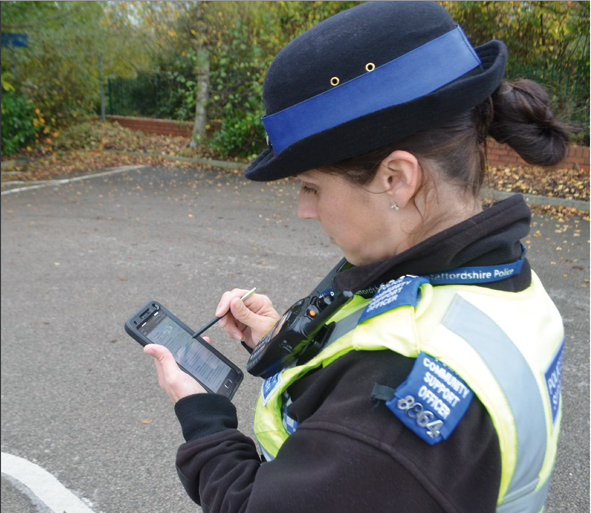Online policing needs to catch up with commercial websites
Half of police forces in England, Wales and Scotland now offer online crime reporting but few have an easily found ‘push button’ to request a call back, according to a new study.
The research by Police Market Report – ‘Police Online’ – examined the online contact functionality offered by each police force backed up by supporting tables of evidence (email reports@policemarketreport.co.uk).
Twenty-three forces have websites that enable the public to get in touch via email, but John Rowland, editor of the monthly subscriber-only bulletin that specialises in police information and communications technology, said there were wide variations in how the service is used.
The study found most forces offer contact with neighbourhood teams, but only a minority give contact details for specific local officers.
“Other commercial mainstays, such as LiveChat, remain comparative rarities, with only a handful of forces offering the facility,” said Mr Rowland.
The Police Market Report study follows publication of the National Police Chiefs’ Council strategy document, Policing Vision 2025, which supports a better online service to the public.
It is understood more online traffic will free up call handlers to deal with priority cases. At present, around 83 per cent of calls to police are non-urgent.
“Several forces are looking hard at the potential social media offers as a means of contact,” said Mr Rowland.
“However, there’s widespread uncertainty as to how it should be handled on force websites. The most confident users, such as Leicestershire Police and Gloucestershire Constabulary, publish account details of individual and neighbourhood teams on web pages.
“Advice and help sections are generally well populated, but there’s no evidence of a consistent approach as to what content should be prioritised.”
A recent report by the industry body techUK said the use of online crime reporting tools would improve speed and efficiency of crime reporting and reduce costs for police forces.
Henry Rex, programme manager for justice and emergency services at
techUK, says as the nature of crime changes, “how we fight it must change too”.
EE has promised its new LTE (long-term evolution) Emergency Services Network will offer “unrivalled broadband capabilities” and Mr Rex says great connectivity across the UK will deliver a “step-change” in the way police officers keep the public safe.
In his latest bog, ‘The Connected Cop’, he said: “With sufficient connectivity and bandwidth, officers would be able to share information instantly, allowing for real-time resolution of crimes.
“Mobile devices would be able to capture biometric information like fingerprints or DNA as soon as the first officer arrives on the scene of crime, and immediately send that data to the control room for instant analysis.
“Similarly, video evidence of suspects captured on body-worn video or CCTV cameras could be shared with all local officers across a platform, to increase the chances of apprehending them before they’ve gone far.”
Live streaming of video footage to control rooms, for example, would lead to a dramatic improvement in situational awareness for first responders, said Mr Rex, enabling them to have a clear view of circumstances as they arrive on scene.
“Witness statements at the scene could be recorded immediately and sent back to HQ, meaning the evidence is gathered accurately while events are fresh in the mind,” he added.
“Live streaming of CCTV would also allow for visual verification of alarms, meaning costs of dispatching cars to what turn out to be false alarms could be reduced. The Hatton Garden Heist of April 2015, for example, could have been foiled immediately had someone been able to instantly verify whether the triggered alarm was genuine.”





